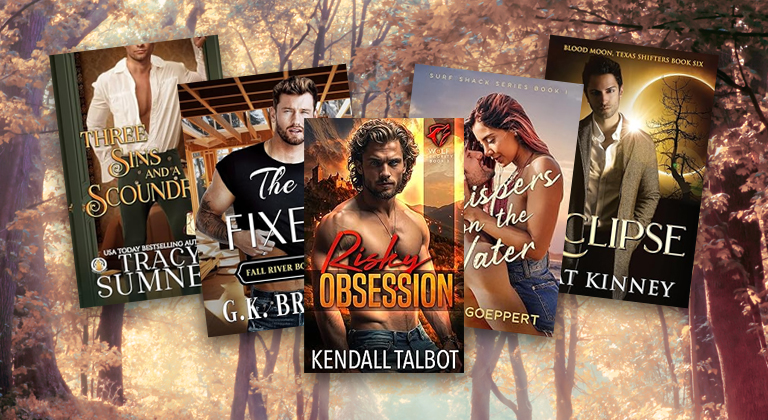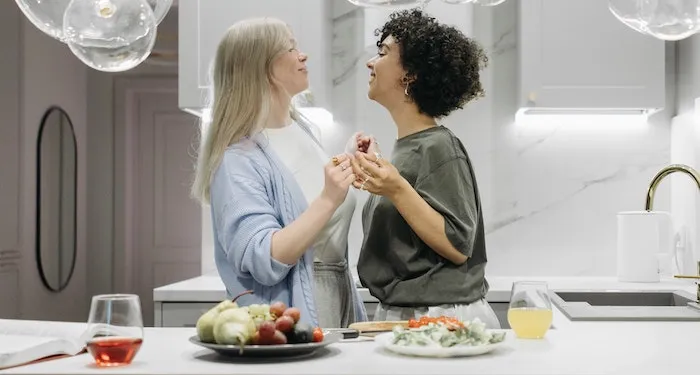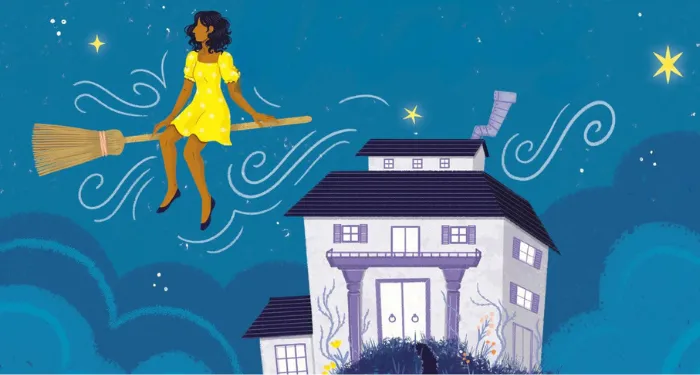Alison Doherty is a writing teacher and part time assistant professor living in Brooklyn, New York. She has an MFA from The New School in writing for children and teenagers. She loves writing about books on the Internet, listening to audiobooks on the subway, and reading anything with a twisty plot or a happily ever after.
All romance readers know that many non-romance readers love to complain and devalue our favorite genre. Something I’ve heard from mainstream media sources to people (mostly men) in my life is a lot of bellyaching about romance novels giving women unrealistic expectations about relationships.
Setting aside that people of all genders read romance, and the proliferation of queer romance novels, it’s true that male/female romance novels can paint an idealized version of love, sex, and, well…men. The men in these books listen to the heroine, are successful, practice consent (in books published today), and care about their partners experiencing pleasure during sex. None of this should be considered unrealistic. However, from penis size to grand romantic gestures, I’ll admit there are some things that show up again and again in romance novels that are over the top. Also, there weren’t *that* many dukes in Regency England. And there aren’t *that* many billionaires now. And in both cases, they’re not likely to look like George Clooney. But I digress.
As someone who’s read hundreds — honestly, probably thousands — of romance novels, I disagree with the discourse about what is unrealistic about these books. The amazing sex, the grand romantic gestures, and even the handsome, kind billionaires aren’t the most unrealistic part of romance novels. Much has been made about every romance novel needing a happy ending. And this is very true! But there is actually something else that every romance novel needs: a reason the two (or more) main characters can’t be together. Every romance novel needs conflict. Romance novelist and podcaster Sarah MacLean wrote about this in a Tumblr post a few years ago, stating: “I ask myself after every scene: Why Can’t They Be Together Right Now.”
When I was first falling in love with my husband, my biggest surprise wasn’t that our relationship didn’t measure up to the fantasy of a romance novel. It was the lack of obstacles for us being together. Our families weren’t enemies. Neither of us were betrothed to someone else (not that many people are betrothed anymore). There was no comically large misunderstanding between us. Neither of us were dating the other because of a bet. We were not enemies, coworkers competing for the same job, secret billionaires, or childhood best friends who didn’t want to risk the friendship. He wasn’t a vampire. And neither was I.
We were two people who basically wanted the same things out of our future and lived less than 10 blocks away from each other (which is kind of an NYC fantasy in itself). It doesn’t mean the road was smooth to committing to each other or that we got a happily ever after — mostly because our story isn’t over. And also a little bit because we have a three-month-old baby and aren’t getting a lot of sleep right now.
Kissing Books Newsletter
Sign up for Kissing Books to receive news, book recommendations, and more for residents of Romancelandia.
Thank you for signing up! Keep an eye on your inbox.
Romance novels are not real life. No novels are. And every genre has its own rules. In romance, the happy ending is a framing device. The sex is metaphor for a couple being compatible. The grand romantic gestures are so fun to read. And the conflict is needed because otherwise there would be no plot. Romance readers are intelligent and discerning. No one really needs to worry about them not understanding the difference between a book and real life. But I think most people in real life with gigantic obstacles to being with each other, probably just don’t end up together. And when people say romance novels give readers unrealistically positive relationship expectations I can’t help rolling my eyes.

















 English (US) ·
English (US) ·